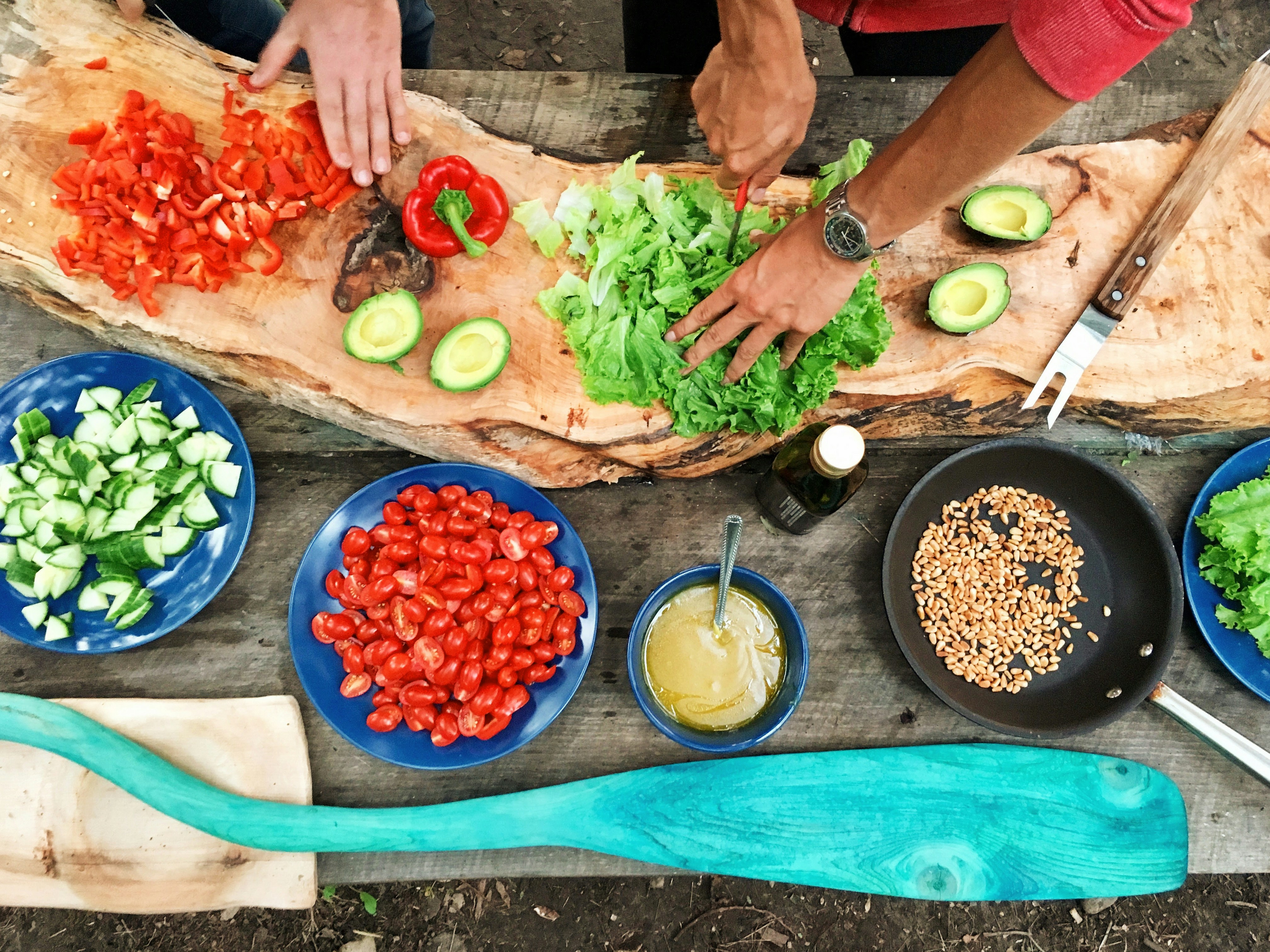
Discover Sustainable Eating Through Hands-On Plant-Based Cooking Classes
Chopping crisp vegetables and stirring simmering pots allow you to move beyond recipes and connect with your food on a practical level. Each slice and sizzle brings a new appreciation for the flavors and textures of plant-based ingredients. In a welcoming kitchen setting, you build confidence by practicing essential skills and experimenting with creative combinations. Cooking this way not only leads to delicious, satisfying meals but also helps you make choices that support the health of the planet. By preparing plant-based dishes, you enjoy great taste while making a positive impact on your environmental footprint.
Advertisement
Cooking classes guide you step by step. Chefs share insider tips on flavor layering, smart ingredient swaps, and plating that feels restaurant-quality. You finish each session armed with recipes you crave and skills you’ll apply in your home kitchen.
What Does Sustainable Eating Involve
Sustainable eating depends on three key factors: caring for the environment, nutritional value, and social impact. When you choose plant-based pulses and seasonal vegetables, you reduce water use and greenhouse gases. For example, lentils produce up to 90% less greenhouse gas than beef per serving.
Eating seasonally matters. Fruits and vegetables harvested locally taste fresher, and they require less transportation energy. When you plan meals around what’s ripe nearby, you support community farms and keep your carbon footprint in check.
Benefits of Hands-On Plant-Based Cooking Classes
Joining a cooking class changes how you see meals. Instead of copying recipes verbatim, you learn principles behind flavor and texture. You discover that blending roasted chickpeas with spices creates a creamy dip without dairy. This understanding helps you develop intuition for future dishes.
Group settings motivate you. Sharing kitchen space with peers creates camaraderie. You swap ingredient hacks, celebrate small victories, and want more practice. Studies show learners in interactive workshops remember knowledge 75% longer than those who read recipes alone.
Essential Ingredients and Tools
You don’t need a loft full of gadgets to succeed. A few quality tools and pantry staples go a long way. Investing wisely saves you space and money.
- Cutting board and chef’s knife: Focus on balance and grip. These handle daily prep tasks.
- Le Creuset cast-iron pan: Ensures even heat for sautéing vegetables or searing tofu.
- Vitamix blender: Powers through nuts for homemade nut milk or pureeing soups.
- Dry goods: Stock quinoa, brown rice, lentils, chickpeas, almonds, and rolled oats.
- Spice rack basics: Cumin, smoked paprika, turmeric, chili flakes, and garlic powder add flavor to bland veggies.
Keep fresh herbs in small pots on a windowsill. Basil, parsley, and mint thrive with minimal care. Snipping a few leaves adds instant brightness to salads and sauces.
Class Experience Step by Step
Most workshops begin with a guided pantry tour. Instructors explain shelf life, ideal storage, and budget-friendly swaps. When you learn that freezing berries preserves nutrients for smoothies, you avoid last-minute grocery runs.
Next, you practice mise en place. This French term means “everything in its place.” You chop vegetables, measure spices, and arrange bowls. A well-organized station speeds up cooking and makes cleanup easier.
During the main cooking segment, chefs demonstrate techniques on live burners or induction tops. You mimic each step: drizzling oil in a hot pan, stirring constantly, seasoning at just the right moment. This real-time practice helps you develop muscle memory.
Tips for Practicing at Home
Recreating class recipes at home requires planning. Start each week by scanning local markets for fresh produce. Write a list that groups items by shelf life: use delicate greens early, reserve root vegetables for later days.
- Batch cook staples: Prepare a large pot of quinoa or beans. Portion servings in reusable containers for quick lunches.
- Schedule kitchen time: Block 45 minutes twice a week for recipe trials. Mark it on your calendar as non-negotiable.
- Experiment smartly: Swap one ingredient in a familiar recipe. Replace dairy yogurt with almond or soy yogurt to test textures and flavors.
Track your meals in a simple journal. Note what you enjoyed, what textures felt off, and ideas for variation. Improving your approach becomes a satisfying puzzle rather than a chore.
Further Inspiration and Next Steps
Maintain your momentum by joining online communities or local potlucks. Sharing dishes with friends turns a personal habit into a social event. You’ll discover regional twists—like adding sumac to salads or using miso in dressings.
Attend themed workshops to expand your skills. Sushi rolling with vegetables or plant-based baking classes challenge your repertoire. Each new theme sharpens techniques and keeps your routine interesting.
Plant-based cooking classes teach eco-friendly habits, flavor skills, and kitchen confidence. Begin today and see your meals and impact improve.
Advertisement